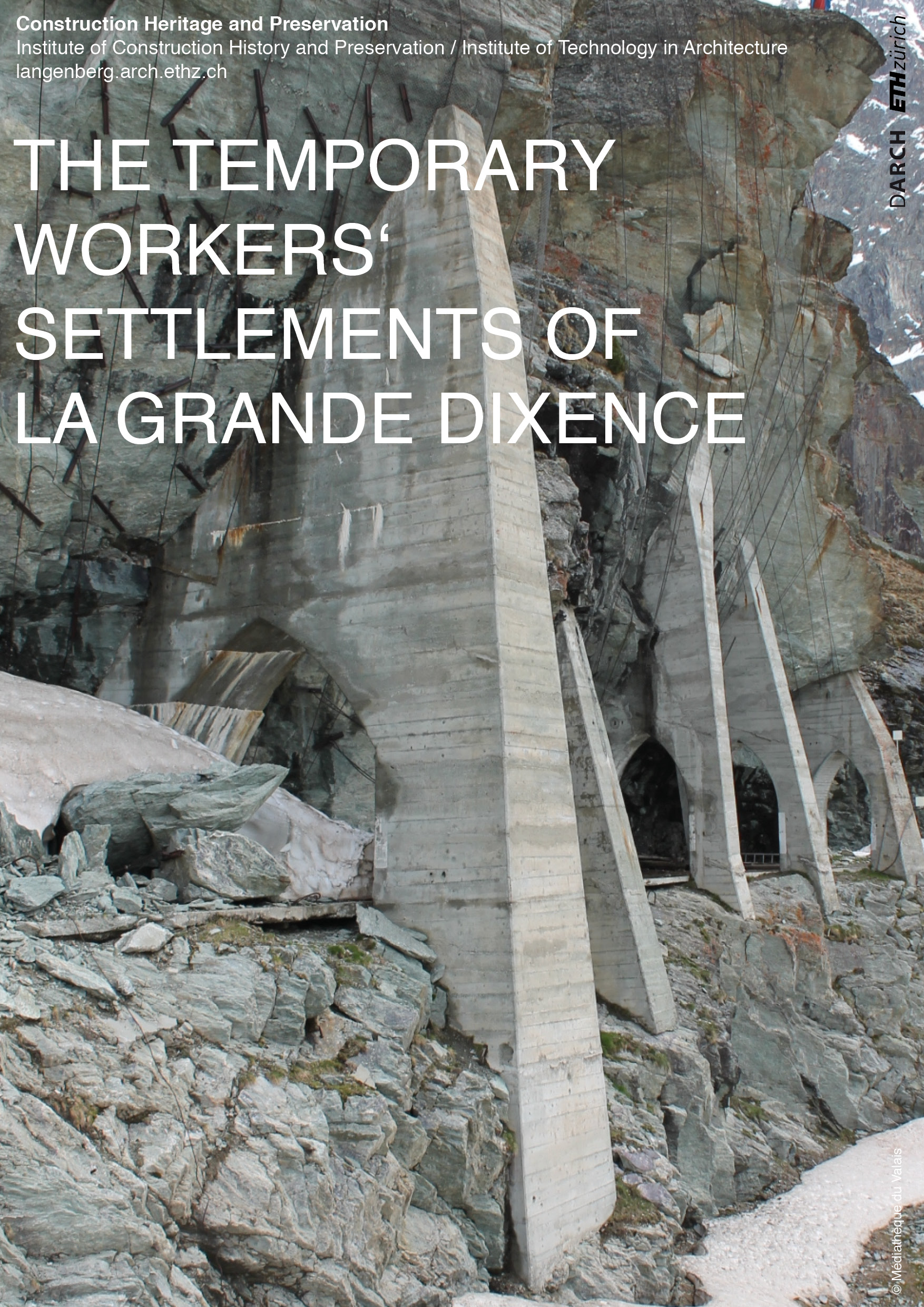
Doktorand: Rune Frandsen
Rune Frandsen
Betreuung: Prof. Dr. Hollyamber Kennedy, Prof. Dr.-Ing. Silke Langenberg, Dr. Seraina Renz and Prof. Günther Vogt.
1945 veröffentlichte das Nationale Amt für Wasserwirtschaft der Schweiz eine Studie, in der die verbleibenden Möglichkeiten für die Wasserkraftnutzung im Einzugsgebiet der Rhône im Wallis aufgelistet waren. Sie löste eine massive Kampagne zum Bau von Staudämmen in dieser Gebirgsregion aus, die in den folgenden drei Jahrzehnten andauern sollte. Der größte Teil dieser Wasserkraftinfrastruktur liegt abgelegen und unterirdisch, was bedeutet, dass sie weniger sichtbar ist und daher in den Darstellungen des Alpenraums nicht vorkommt. Die Unsichtbarkeit verdrängt auch die Tausenden von Arbeitern, die für den Bau der Anlagen eingesetzt werden. Die vorliegende Arbeit konzentriert sich auf eine Fallstudie, die Bauzeit der Grande-Dixence (1950-1965), und dokumentiert die so genannte sekundäre Infrastruktur, d.h. die Gesamtheit der für den Bau dieses (primären) Wasserkraftwerks erforderlichen Infrastrukturen. Dazu gehören die Verkehrswege für den Materialtransport mit ihren Straßen, Tunneln, Brücken und Seilbahnen, die Arbeiter, die den Staudamm errichten und die Tunnel graben, die Netze für die Beschaffung dieser Arbeitskräfte und die provisorischen Siedlungen, in denen die Arbeiter untergebracht waren.
Die gewählte Methode, die Archivforschung, führt zu zwei Schlussfolgerungen. Erstens zeigt die Untersuchung der den Arbeitern zur Verfügung gestellten Unterkünfte, ihrer Arbeitszeiten und Löhne sowie der in den temporären Siedlungen erbrachten Dienstleistungen, dass der durch diese sekundäre Infrastruktur geschaffene Raum ein Raum der Disziplinierung war. Das Projekt der Umgestaltung der alpinen Landschaften für die Ressourcengewinnung war mit einem Prozess der Reglementierung des Geistes und des Körpers der Arbeiter verwoben. Zweitens zeigt das Porträt der Bevölkerung, auf die sich diese Bauten stützten – ein großer Anteil italienischer „Gastarbeiter“ -, und die Baudetails der Baracken, in denen diese Arbeiter untergebracht waren, dass diese Baustellen nicht nur vorübergehend waren, sondern mobil. Dies bietet wichtige Anreize für eine Neukonzeption des Verhältnisses der Bauindustrie zur Arbeit, wo die Vergänglichkeit allzu oft zur Legitimierung schlechter Lebensbedingungen herangezogen wird. Als Ausblick dokumentieren Feldstudien die Überreste dieser sekundären Infrastruktur, die Peter van Wyck als territoriales Archiv bezeichnet und als gebautes Erbe der am Bau der schweizerischen Wasserkraftinfrastruktur beteiligten Personen darstellt.